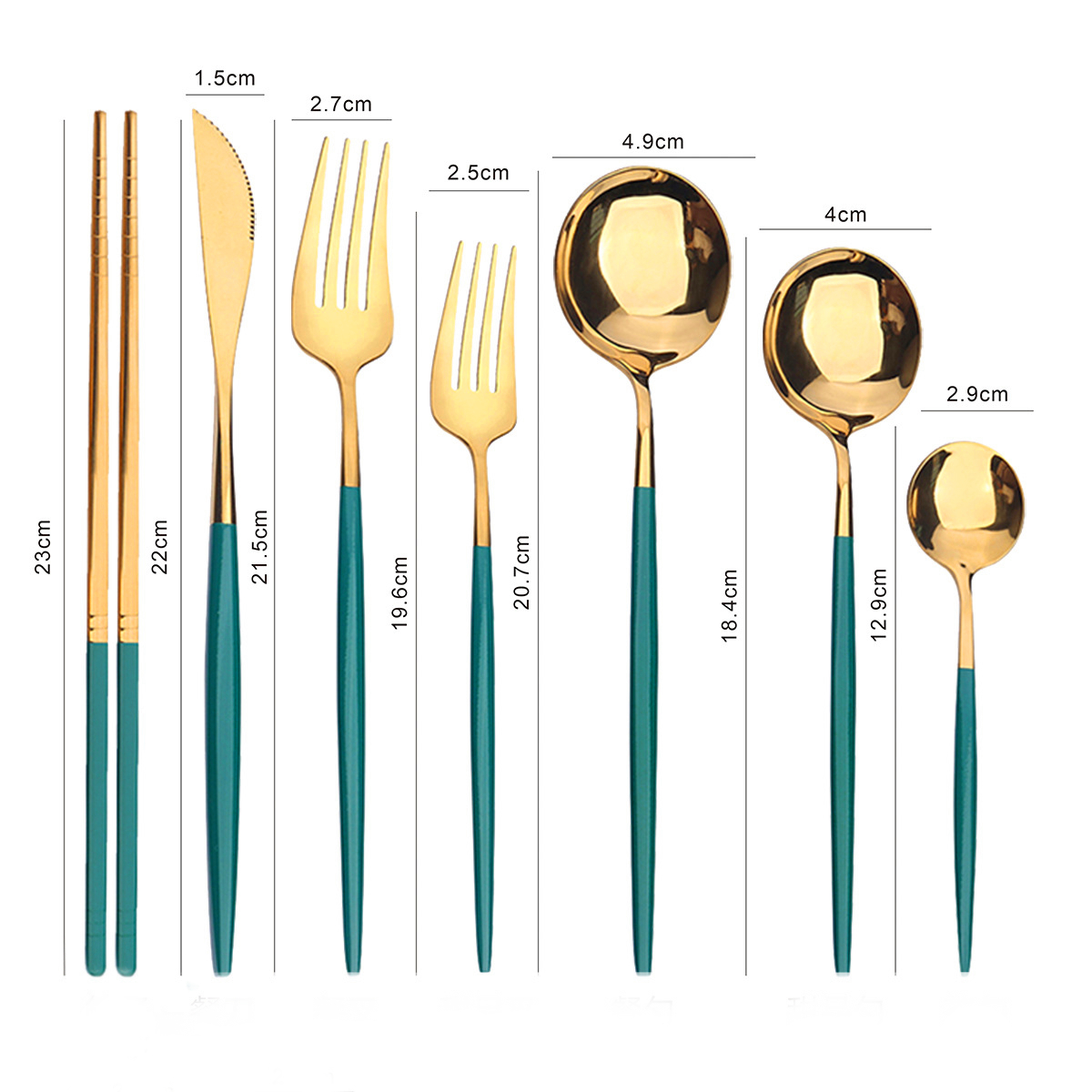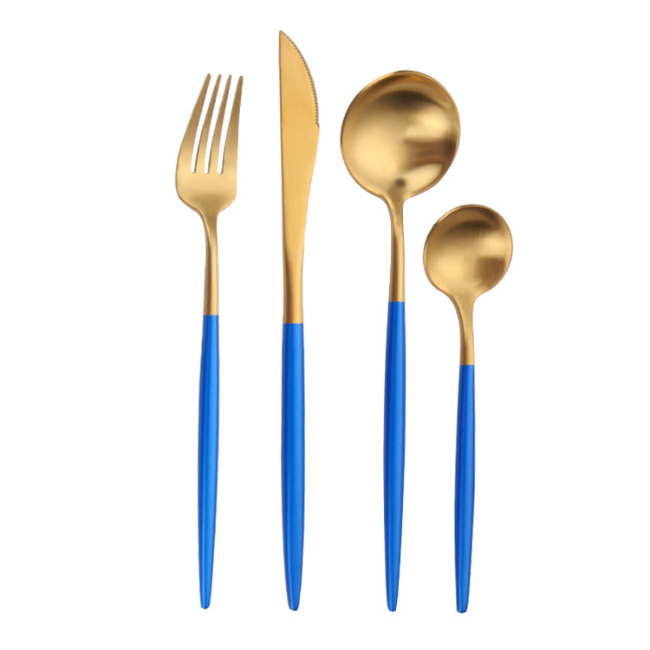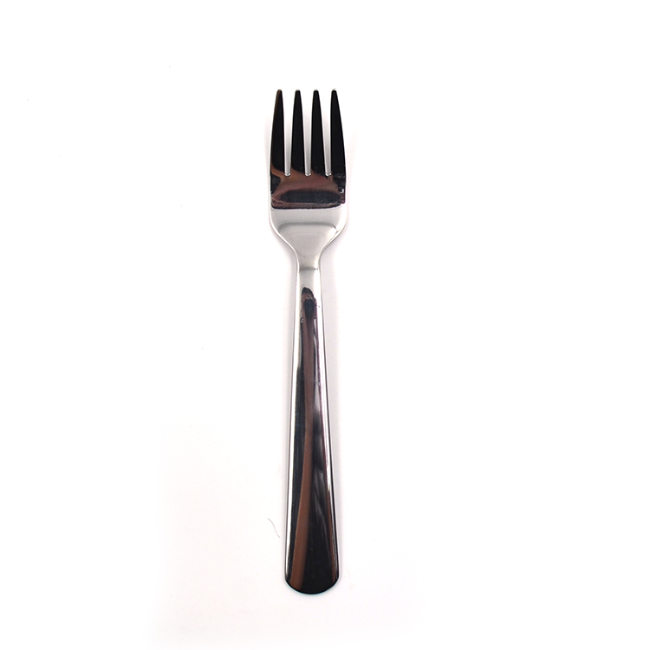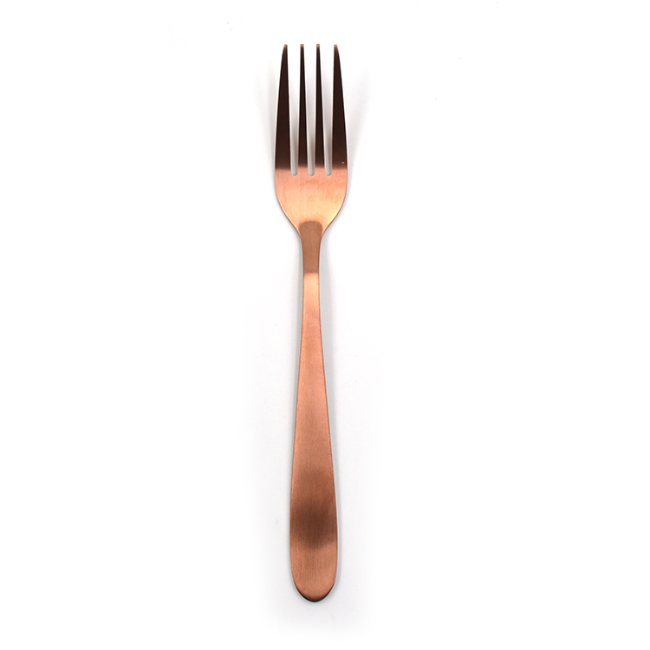
31 May
How Much Plastic Cutlery Is Thrown Away Each Year?
How Much Plastic Cutlery Is Thrown Away ...
How Much Plastic Cutlery Is Thrown Away Each Year?
The proliferation of plastic cutlery has led to a growing environmental crisis. With millions of pieces thrown away annually, plastic cutlery contributes significantly to global plastic waste. In this article, we will explore how much plastic cutlery is thrown away each year and why switching to alternatives like crate and barrel Cambridge flatware or modern utensils from Homefelt can help reduce waste.
1. Plastic Cutlery's Environmental Impact
Plastic cutlery is lightweight, inexpensive, and convenient, which has made it a go-to choice for many food services. However, its environmental impact is devastating. Due to its single-use nature, plastic cutlery ends up in landfills, oceans, and rivers, where it takes hundreds of years to decompose.
Global Statistics: It is estimated that over 100 million pieces of plastic cutlery are thrown away daily. This results in 36 billion pieces disposed of annually.
Environmental Damage: As plastic cutlery breaks down, it releases harmful chemicals into the environment, which can negatively affect both land and marine life.
2. The Magnitude of Plastic Cutlery Waste
The amount of plastic cutlery thrown away each year is staggering. When combined with other single-use plastics, plastic cutlery contributes to the global plastic waste crisis:
Annual Disposal: As mentioned, 40 billion pieces of plastic cutlery are discarded every year in the U.S. alone. Globally, this number is even higher, and much of this plastic ends up in our oceans.
Environmental Impact: Plastic cutlery takes up to 500 years to break down completely, during which time it pollutes the environment and harms wildlife.
3. Alternatives to Plastic Cutlery
To address the environmental crisis caused by plastic cutlery, many alternatives are available. By switching to more sustainable options, we can significantly reduce waste:
Modern Utensils: Crate and barrel Cambridge flatware offers high-quality, reusable flatware that is an excellent alternative to disposable plastic utensils. These utensils are durable and can last for many years.
Biodegradable Cutlery: Eco-friendly options, such as those offered by Homefelt, are made from materials like cornstarch, bamboo, and sugarcane. These alternatives break down naturally, reducing the environmental impact.
4. Taking Action to Reduce Plastic Waste
Individuals, businesses, and governments all have a role to play in reducing plastic cutlery waste:
Switch to Reusable Utensils: By using products like modern utensils and crate and barrel Cambridge flatware, we can reduce our reliance on plastic cutlery.
Opt for Eco-Friendly Alternatives: Companies like Homefelt are offering sustainable options that break down easily in landfills, helping to reduce plastic pollution.
Raise Awareness: Educating others about the harmful effects of plastic cutlery and encouraging them to make more sustainable choices is key to solving the issue.
5. Conclusion
The sheer volume of plastic cutlery discarded each year is staggering, but with the right actions, we can start to make a change. By embracing sustainable alternatives like modern utensils and crate and barrel Cambridge flatware, we can reduce our environmental impact and help protect the planet. Brands like Homefelt are leading the way by providing eco-friendly solutions that are practical, stylish, and sustainable. It's time to make the switch and do our part to reduce plastic waste.





